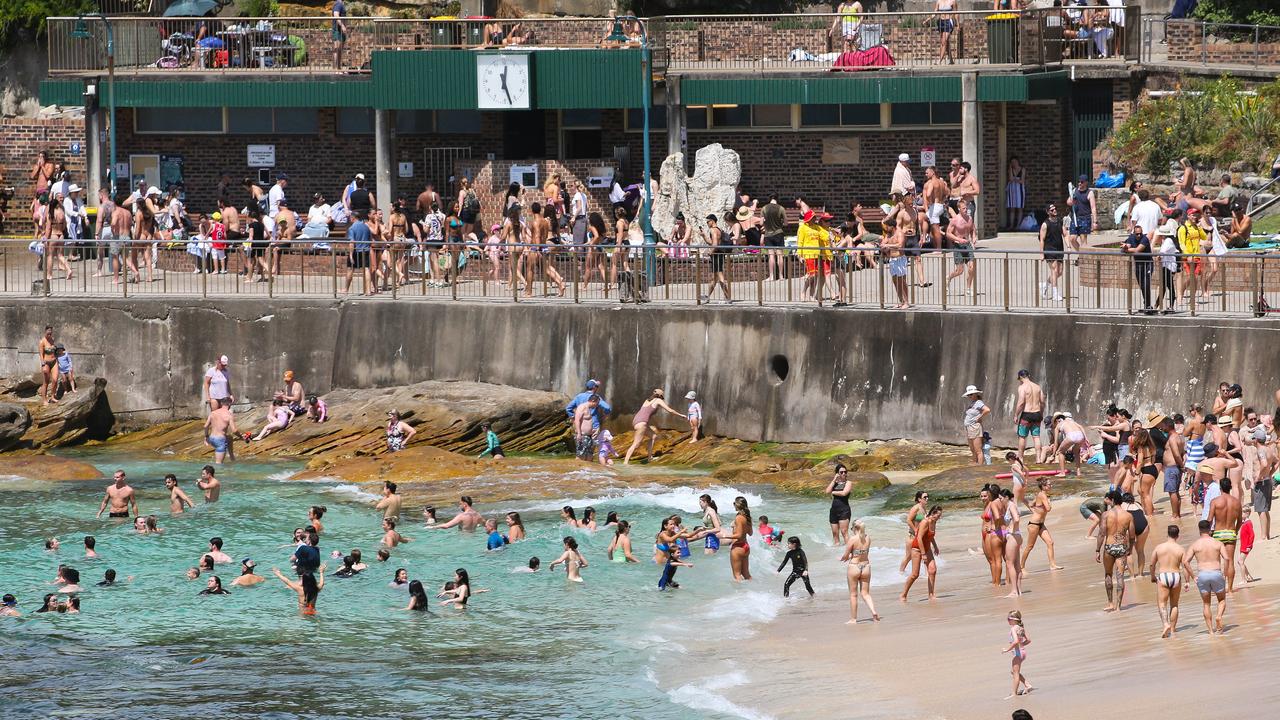The locals know best in Trogir, Croatia
THE guide books are no match for this eccentric guide, who whizzes in and out of the World Heritage Listed streets of Trogir...sans underpants.

THE tour guide is free-balling.
Not that it's something to look for in a guide but his shorts are pulled up so far on his waist you'd have to have your eyes closed not to notice.
It's past 11am and already the sun is blazing with the day rapidly heating to a predicted 40C. Waiting on the scenic waterfront promenade in Trogir, a walled medieval town nestled on an isle on the Croatian coast near Split, there is plenty to see.
Fringed by the deep blue waters of the Adriatic Sea and built of layers of architectural styles Romanesque, Gothic and Renaissance put down over 2300 years since founded by the Greeks in 3BC, Trogir's history and beauty is protected by a UNESCO World Heritage order.
It is a popular summer port for Europe's floating jet set, which cruises the Dalmatian coast in super yachts of breathtaking ostentatiousness. It's the start of the season, not too busy, but everyone is gearing up for the onslaught of tourists triggered by the start of European summer holidays.
The tour begins
The guide books are no match for our eccentric guide, who at 11.15am is late, harried and apparently hungry. With the meter now ticking on our one-hour walking tour (about $A70) and without introduction, first stop is the shop next door to the Portal travel agency. This is a revelation as the crowded little business is so subtly burrowed into the side of an ancient edifice as to be at first unrecognisable as a mini supermarket.
The guide grabs a liquid yoghurt and downs it while he waits in line to pay.
We follow him back into the bright sunlight and along the promenade lined with luxury boats being washed and buffed by an array of buff and bronzed young bodies. On the other side is a parade of restaurants where people sit perfectly positioned to ogle the boat-washers and enjoy a coffee or cocktail.
We're not stopping here, though, and are led along narrow alleys and across slippery white marble cobblestones polished by centuries of scurrying shoes to the other side of town. No vehicles are allowed in the old part of Trogir, although the odd scooter rider acrobatically swerving around pedestrians flouts this rule. The name Trogir means "goat island".
Facing the Renaissance North Gate, the guide starts to talk.
And he keeps talking until he finally winds up in a baptismal crypt almost three hours later.
Omero (I think Homer), as we learn after politely inquiring, is an art historian born and bred on this little treasure of an island. We follow him through the maze of alleys some to see and hear about fabulous elements of architecture and others to borrow cigarettes from acquaintances.
"I have a nicotine addiction," he says while lining me up at an angle to best view portals from three different periods Gothic, Baroque, and Roman. There's Byzantine somewhere in the mix too.
The total area of the island town is just a few hectares and less than a 30-minute amble to circumnavigate on foot, but there is so much to explore when you delve into the laneways.
There are seven churches and in past times every house was a palace. Today most are put to a more modern use as a dense array of apartments, shops, restaurants, cafes and tourist accommodation. Some of the churches are used for storage of various items important to the municipality.
Local history
Trogir is a survivor of numerous invasions. After the Greeks came the Romans, followed by the Venetians, Hungarians, Austrians, French and Illyrians among others.
The town stayed safe during the two world wars, except for one oops at the end of WWII when a British bomb clipped the side of a church. A few bullet holes are evidence of Croatia's more recent Homeland Wars.
Omero says, with a suitable build-up, that we are off to see a precious marble bas-relief from the Middle Ages depicting Kairos, the Greek god of the "fleeting moment". This treasure is housed in its own museum but while we wait for Omero to find and smoke another cigarette, our own fleeting moment passes, and bang on 1pm the museum closes for the day.
He's unfazed and ever erudite and entertaining. We follow him to the town square past well-fed cats and dogs sleeping in the shade of doorways and viewing along the way more examples of building styles through the ages, mostly significant mansions including the oldest-known privately owned pre-Roman house on the island.
Omero knows the owners, the prices they paid, and why some of them can't afford to restore their occasionally crumbling piece of history.
"We are a new country (Croatia became independent in the 1990s) and the coffers are empty."
Trogir's centrepiece is the magnificent Venetian Cathedral of St Lovro (St Lawrence), built between the 13th and 15th centuries and partially restored through a gift from the Paul Getty Foundation. It's one of the best examples of architecture in Croatia. The three outstanding elements under this roof are the entry portal sculpted by the master Radovan, the baptistery sculpted in 1464 by Andrija Alesi and the remarkable Renaissance chapel of St Ivan, its naked cherubs lovingly cleaned by a team of women from Milan who specialise in the removal of grime from ancient edifices.
At the end of our tour we are sitting in the cool of Alesi's lovely crypt. We're exhilarated and exhausted by what we've learnt. The heat, concentration and a newly formed blister or two have got the better of us. Omero suggests a walk (without him) to the top of the bell tower from which we can enjoy a vista of Trogir from 47m.
Instead we retire to a cafe, decline the cocktail of the day, a Sex Machine, and order two beers. Top Tips: Croatia destination guide
Top Tips: Croatia destination guide Advice: Travel tips from the experts
Advice: Travel tips from the experts Wego: Book your trip on news.com.au
Wego: Book your trip on news.com.au

 Top Ten: Travel insurance tips
Top Ten: Travel insurance tips

